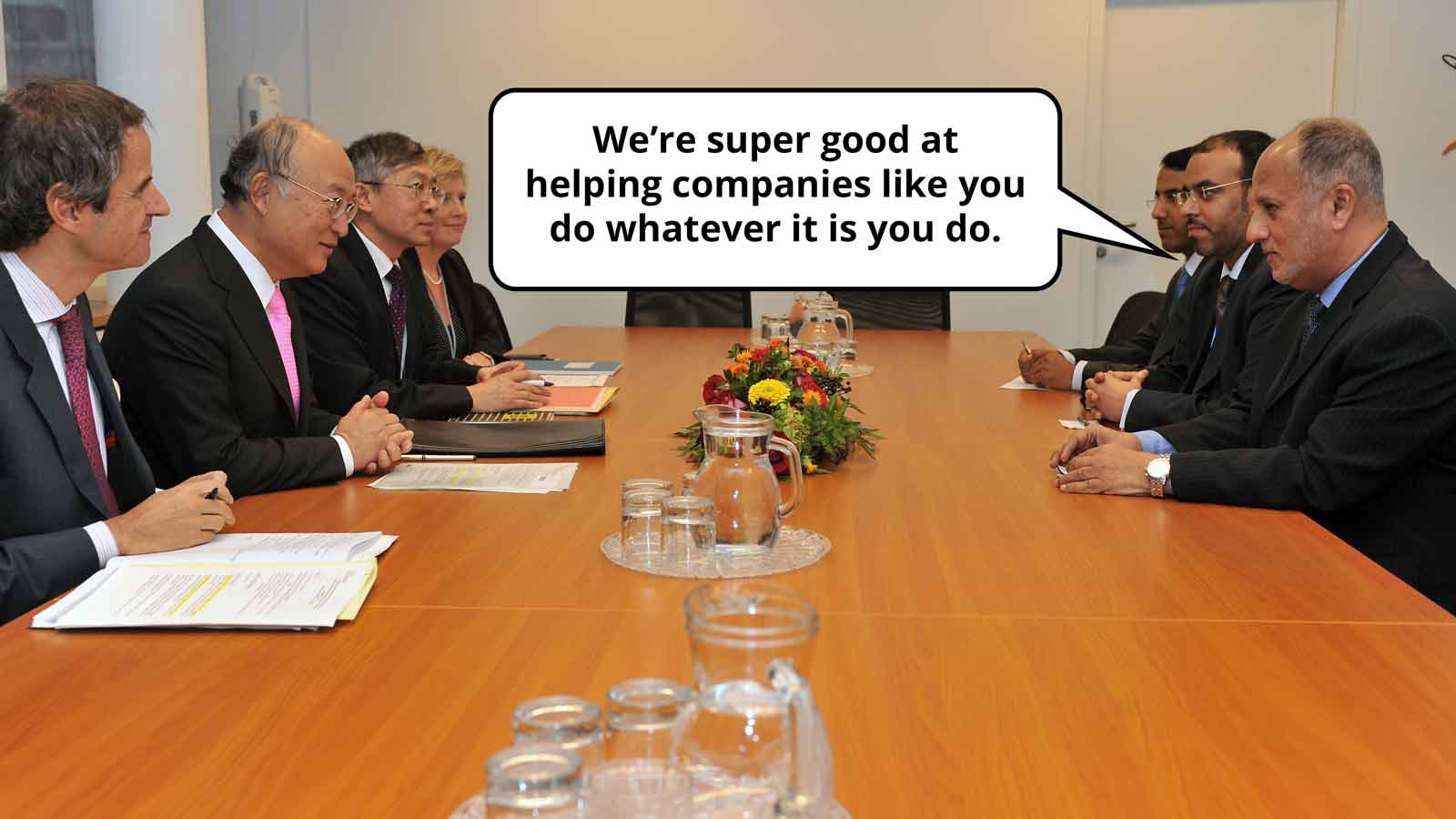3 Reasons Your B2B Content Marketing Strategy Isn’t Driving Growth
Opportunities abound for today’s content marketers. Business leaders have begun to understand they need content in their digital marketing efforts, so they’re creating new content marketing seats in their marketing departments. But they don’t realize that without sound B2B content marketing strategy, they’re only setting up those content marketers to fail.
Based on my experience, three common mistakes prevent leads from developing into viable prospects through content. If you’re making any one of them, then it’s best not to expect too much from your content efforts.
You aren’t clear about what you bring to the table.
Basic positioning and messaging are necessary for every content strategy. At the absolute least, every content marketer should be clear on three things:
- The Motivations of The Company’s Ideal Buyer: Knowing this helps the content marketer dial in on the problems buyers are trying to solve, and more importantly, create content that empowers potential buyers to learn about solutions. (That empowerment leads to trust.)
- The Company’s Position in the Marketplace: Being transparent and secure about the company’s position leads to more confident, focused, and informative content. Rather than stretching to position the company against all possible options, the content marketer can flesh out content that helps leads make an informed decision from a handful of viable, truly competitive options. If the competition is clear and finite, content marketers are also more likely to create a unique voice that stands out of the pack.
- The Company’s Differentiators That Drive Purchase Decisions: If the company is clear on its unique strengths—specifically those that give it an advantage in head-to-head deals—then the content marketer can emphasize them throughout the content funnel. In that case, leads that consume that content and move to inquiry have signaled they value the same things your company provides.
A lot of companies believe they’re clear on these things, when instead they’re vague or general about the value they bring. Some assume that the mental scripts that they’ve developed over years still apply to today’s audiences, who may make their purchase decisions in different ways or with different criteria. In either case, those companies create disconnects between what they’re saying with content and what their buyers need to hear.
Which brings us to the next mistake.

You’re writing for you, not your ideal customer.
When companies aren’t seeing the benefits of their content on lead generation and development, it often boils down to the philosophical approach to the content creation. Based on my experience, a few scenarios are common in companies that are generating content but not seeing results:
- Prioritizing Pace and Output Before Relevance. When companies base their performance on how many times they hit “Send” or “Publish,” they tend to lose sight of whether they’re creating valuable content. Think of content pieces like hooks in the water—and relevance like bait. Don’t make the mistake of throwing out hooks at the expense of what gets the fish to bite.
- Confusing the Purpose of Different Media. Every medium requires a different level of commitment from the user. If you’re putting high-commitment content into a low-commitment medium, then you’re not giving it a chance to connect. (I’ve written previously about how to think about the content funnel here.)
- Ignoring That Human Beings Will Have to Consume the Content. You’d be amazed how common this really is. Companies create content in a vacuum, oblivious to the fact that what they’re creating is boring, aggressive, overwrought, confusing, or even irrelevant. Each one of your leads is a human being. Make content for them, not your own satisfaction.
Again, good content strategy requires clear understanding of the ideal buyer and your company’s ability to solve his or her problems. Content creation should be guided by that understanding. What are you trying to say? How can you make it compelling? What medium is the best way to convey the message? What’s a natural next thing to mention?
Each piece of content should be designed to attract leads and help them decide if they want to be customers. Rather than shouting every reason you can think of, or flinging desperate messages on anyone within earshot, try instead to speak to the reason that matters most to them—at the time they need to hear it.

You don’t think of your content like educational material.
The Internet has transformed the way that people consume information and find answers. When presented a problem (and provided Internet access), the average person assumes a finite number of keystrokes and clicks will reveal a solution.
That’s a crazy reality. Let’s get even crazier, and rephrase that in the context of your business.
When presented a problem, how many keystrokes and clicks will it take your ideal buyer to find your company, understand your value, and view your offering as the ideal solution?
Three? Ten? A hundred? A thousand?
The number comes down to the individual buyer. The perceived cost of your solution. Uncontrollable factors like professional experience, need, budget, and vocabulary. The prevalence and relevance of content providing context and additional information.
Why is it so important to create content that teaches about what you do, expresses why you do it, explains how you do it best, and compels a reader forward? Because you’re helping people come to an answer. Even if they don’t choose your solution now, if you’re helpful, educational, and provide value, you’re still in the running.
It just might take a few hundred more clicks.
Want to Learn More About Strategic Marketing?
At Marketri, we live for helping companies and meet their growth objectives and build scalable marketing platforms. If you’re interested in keeping up with our blog and getting updates when we post new content, then I invite you to subscribe to our blog:
And as always, if you have any questions, you can contact us. We’d be happy to talk.
Thank you so much for reading. We hope to see you soon.
Image Credits:
Check out these recent insights from our subject matter experts.





